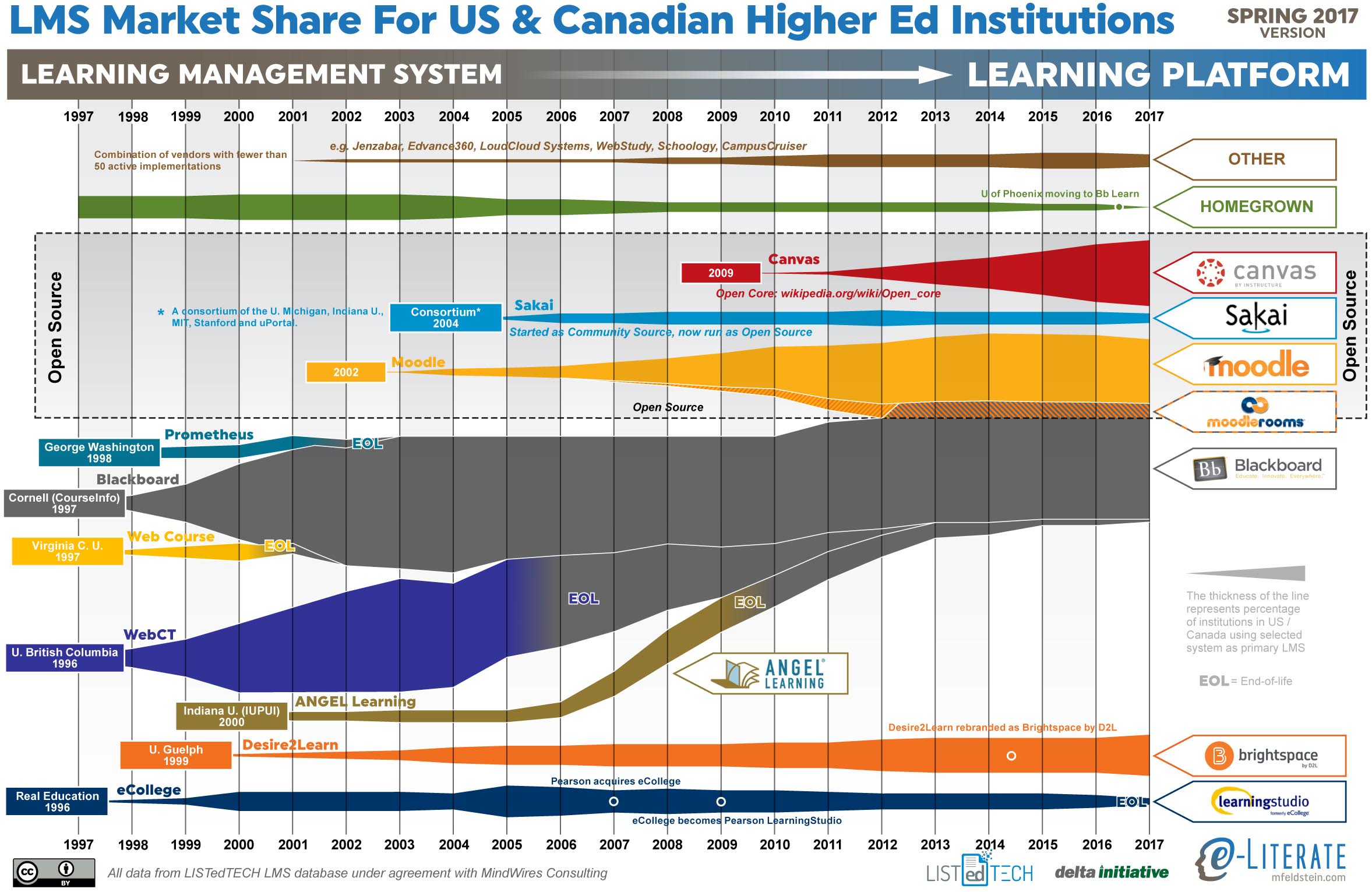Title
RFP Process
Mission
Identify a stable, scalable Learning Management System that supports faculty and student success.
What is a LMS?
A learning management system (LMS) is comprehensive, integrated software that supports the development, delivery, assessment, and administration of courses in face-to-face, hybrid, and online learning environments.
The LMS helps institutions maintain the integrity of educational programs by centralizing course management and assessment, ensuring security and privacy of student data, and generating analytic reports for the evaluation and improvement of student support.
The LMS enables faculty to efficiently develop and deliver courses that enhance teaching and learning.
What is ASU looking for in an LMS
Governed by detailed core expectations and technical standards, the LMS systems will be evaluated on criteria that analyzes course delivery and design, teaching and learning tools, assessments and accessibility.
- Cloud hosted computing is a kind of Internet-based computing that provides shared processing resources and data to computers and other devices on demand. It is a model for enabling ubiquitous, on-demand access to a shared pool of configurable computing resources.
- High availability refers to a system that is continuously operational for a desirably long length of time. Availability can be measured relative to "100% operational" or "never failing." The ability to perform maintenance on a system (upgrades/patches) without taking the system down, along with real time monitoring and failover, is key to providing high availability.
- Elasticity is the degree to which a system autonomously adapts its capacity to workload over time. Based on the amount of users simultaneously accessing the LMS, an elastic system should immediately detect and provision additional machines from the cloud, so as to serve all web users responsively.
- Extensibility is a system design principle where the design of the software application takes future growth and incorporation of 3rd party tools into consideration. Our LMS will need to support both LTI based integrations as well as provide a robust set of APIs for deeper custom integration.
- Experience with handling high traffic/high volume institutions, and a proven track record with comparable customers with similar user numbers and usage patterns.
- Analytics that provide near real-time reporting and the ability to seamlessly integrate with existing and future ASU platforms.
Is there an interest in looking into LMS options?
Our research into the LMS market and user base, along with a deeper analysis of existing LMS products during the 2016 Fall and 2017 Spring semesters indicated there were enough changes in the market to prepare an RFP. Prior to embarking on the RFP process, surveys conducted with faculty and instructional technologists showed there was no clear LMS favorite. However there was a majority agreement that it was time to look at our options and choose the LMS that will best enable and support the mission and goals of Arizona State University.
State of the higher ed LMS market for US and Canada - Spring 2017
For the past 9 years Phil Hill has studied and published his annual blog post on the State of the LMS market in Higher Ed and this infographic along with the accompanying article is an interesting read.

People
Participants are encouraged from all areas and disciplines at the university.
A Steering Committee is comprised of representatives from the Faculty Senate, EdPlus, the Office of the University Provost, the University Technology Office and the Associated Students of ASU.
A Stakeholders Group comprised of faculty and staff from colleges and units across the university who volunteer to participate in the pilot of the LMS tools, and commit to providing feedback. Stakeholders provide feedback of the LMS tools and suitability for ASU.
Participate
Pilot Courses
The following numbers of courses were piloted in the two pilot LMS environments:
Bb SaaS: 6 courses, 11 sections, 338 students
Canvas: 10 courses, 16 sections, 245 students
Sandbox Courses
Stakeholders are faculty and staff who have volunteered to test the new LMS environments and provide feedback
Bb SaaS: 36 Sandbox courses
Canvas 78 Sandbox courses
Test and provide feedback:
Instructors and instructional technologist signed up to join the Stakeholders group, tested, and provided feedback on whether they believed that there is value in looking into other options for LMS. Opinions were solicited on which LMS platform stakeholders preferred and there was no clear winner.
Newsletter
Subscribe to our ASU LMS updates
(open to all ASU faculty and staff):
http://links.asu.edu/joinasulms